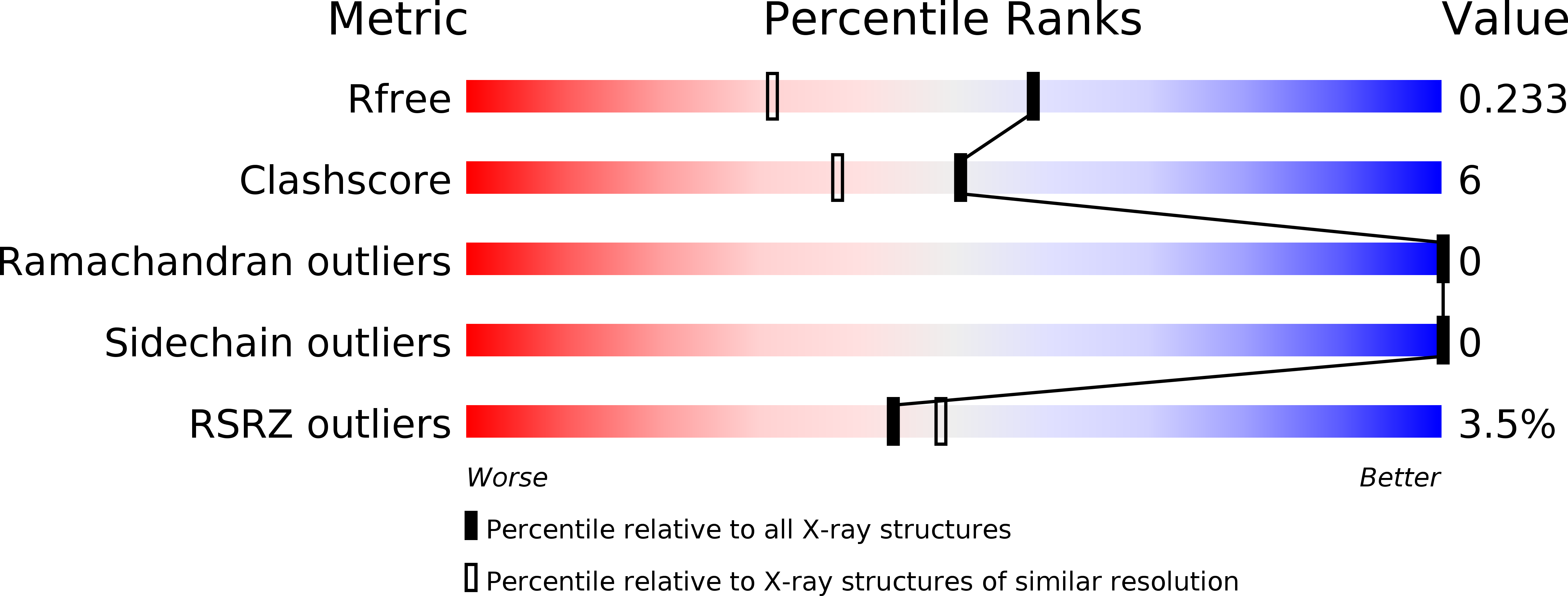
Deposition Date
2002-04-16
Release Date
2002-11-27
Last Version Date
2024-02-14
Entry Detail
PDB ID:
1LGT
Keywords:
Title:
CRYSTAL STRUCTURE OF 2,3-DIHYDROXYBIPHENYL 1,2-DIOXYGENASE (DHBD) COMPLEXED WITH 2'-Cl DIHYDROXYBIPHENYL (DHB)
Biological Source:
Source Organism:
Burkholderia xenovorans (Taxon ID: 266265)
Host Organism:
Method Details:
Experimental Method:
Resolution:
1.70 Å
R-Value Free:
0.23
R-Value Work:
0.20
Space Group:
I 4 2 2


